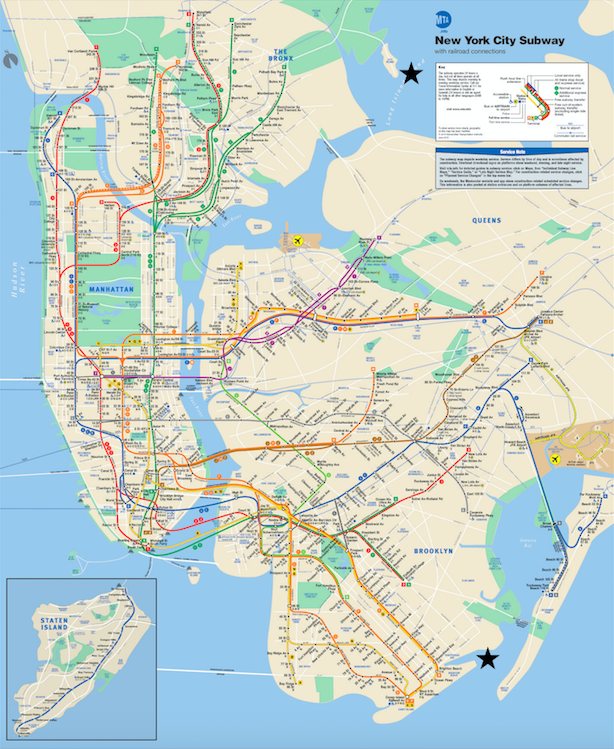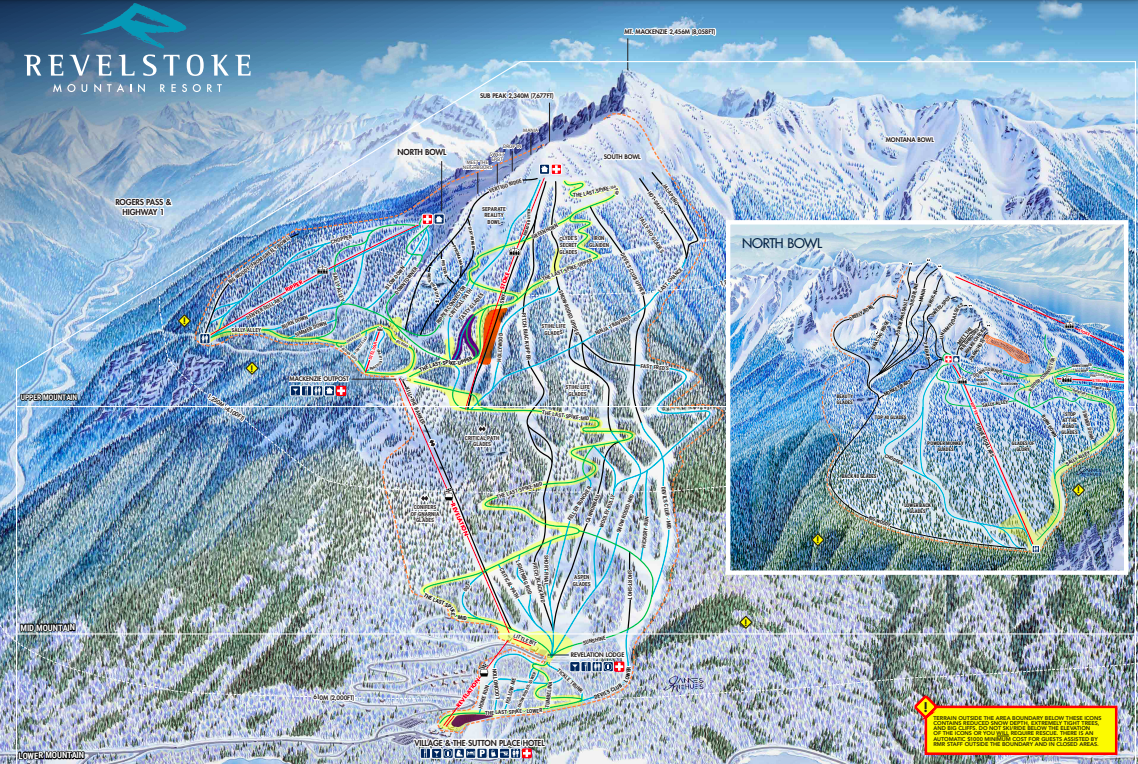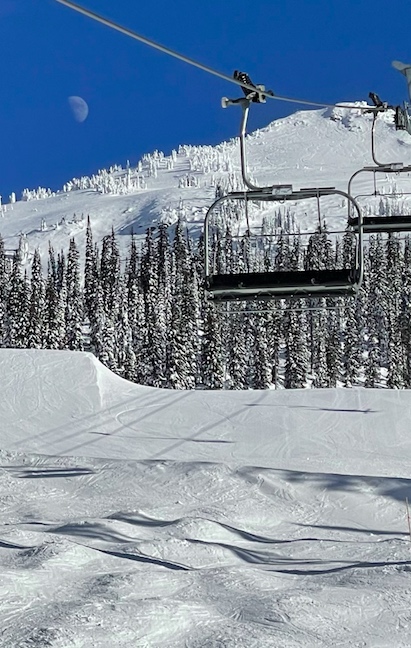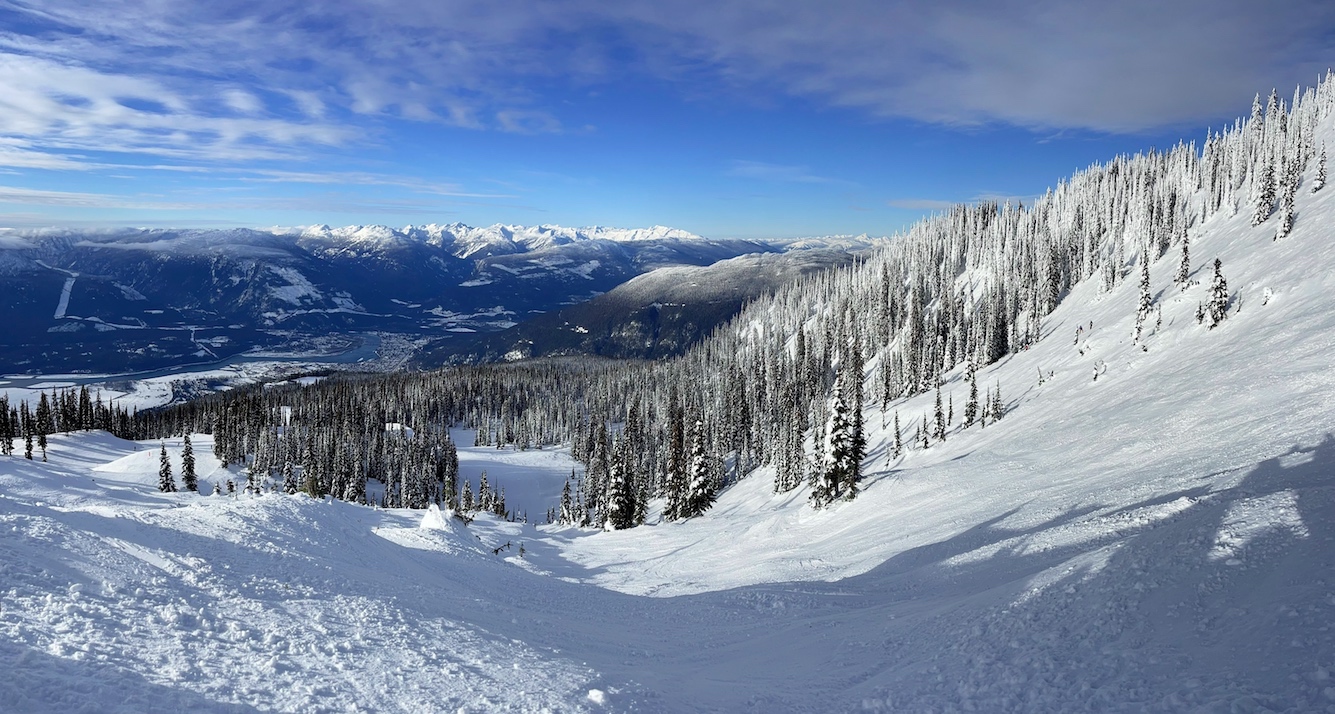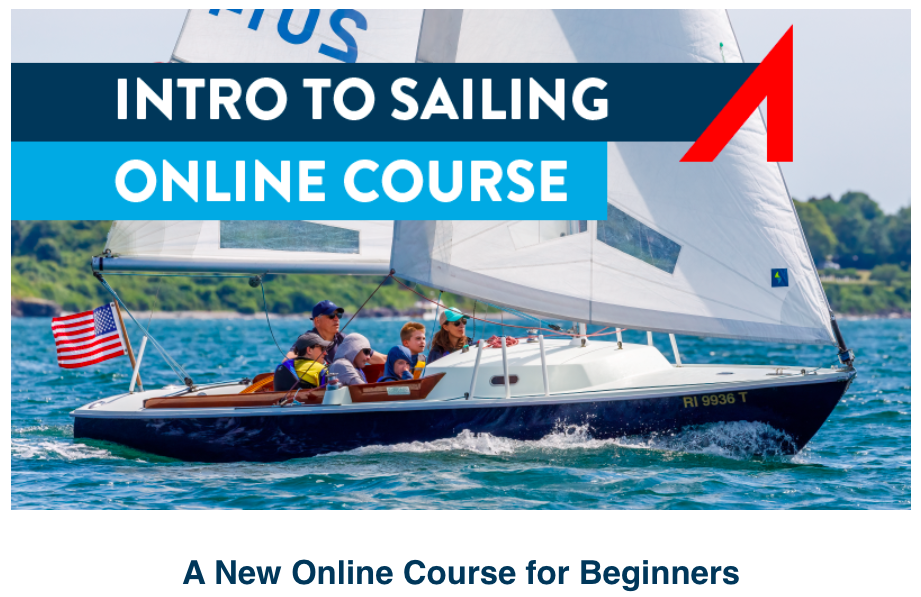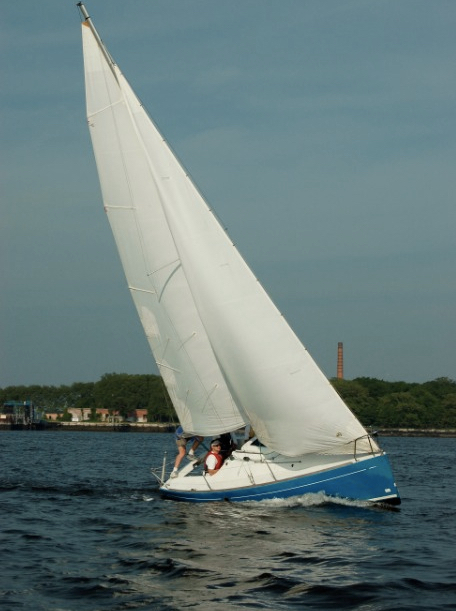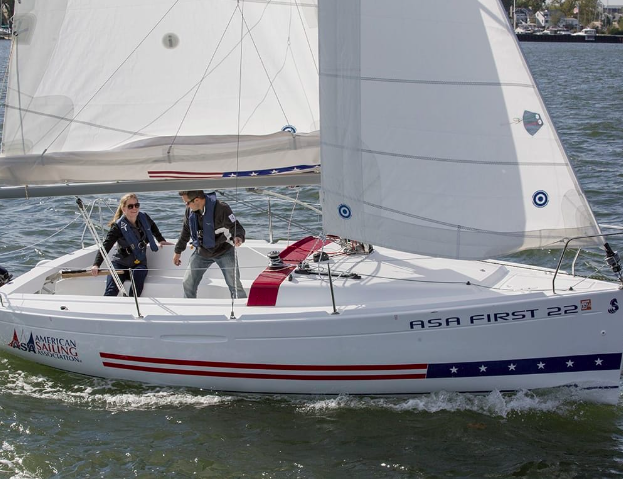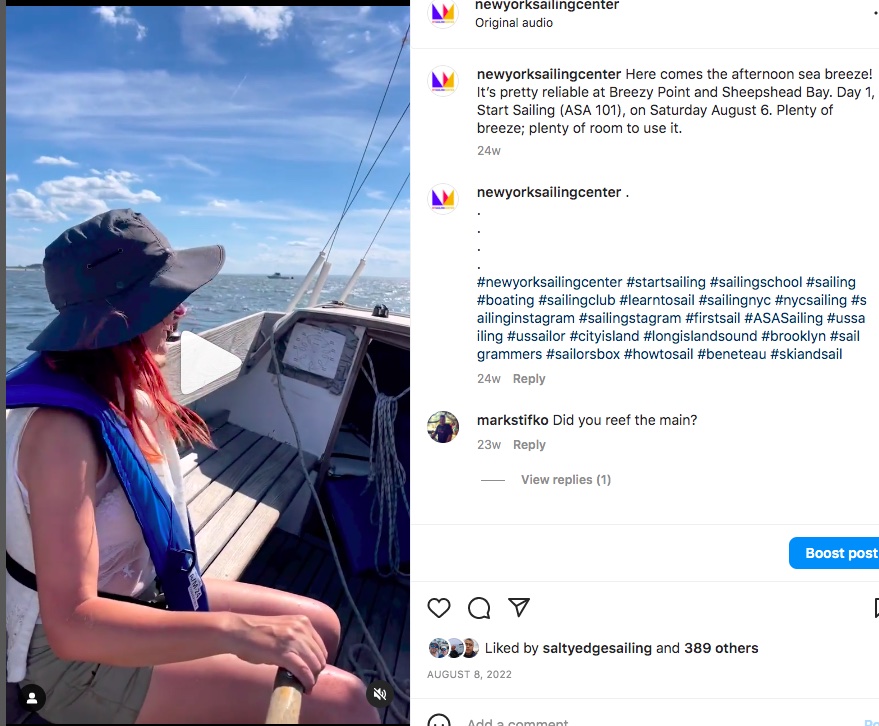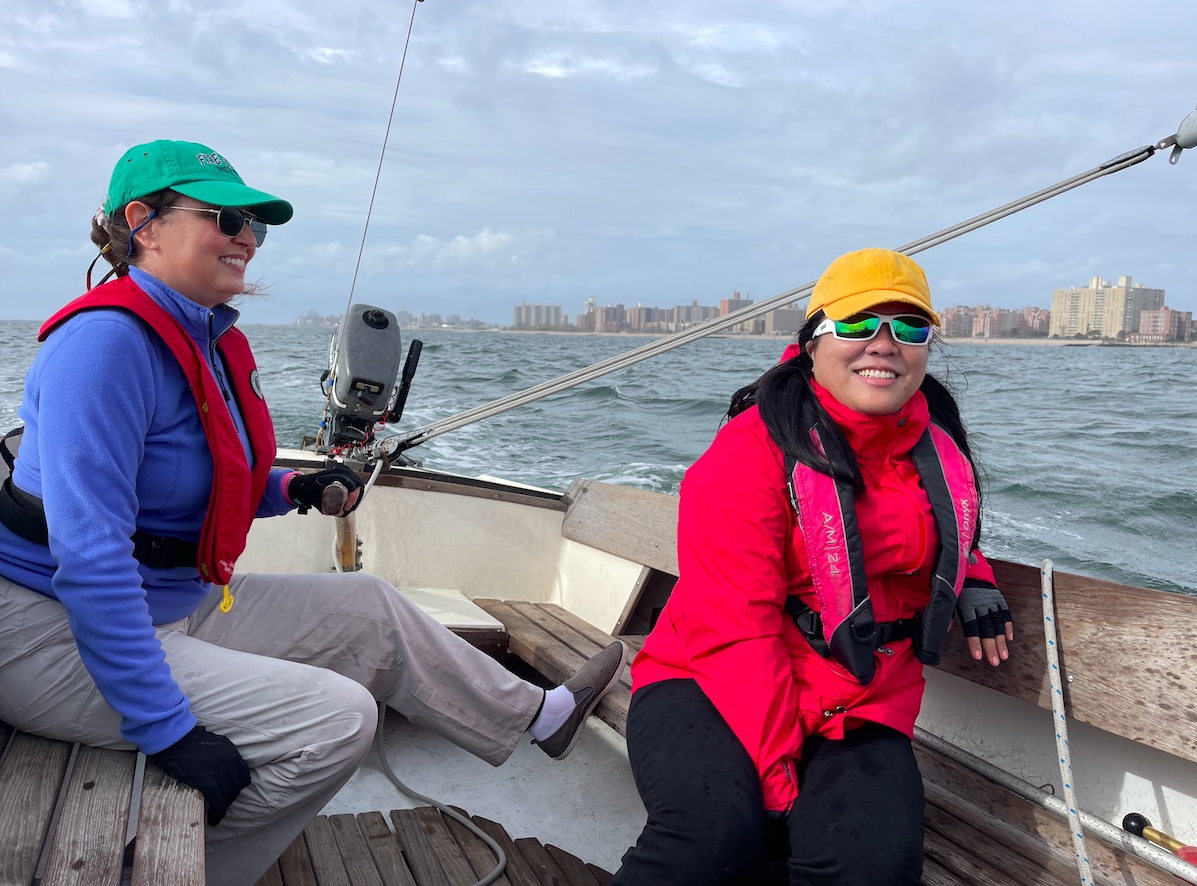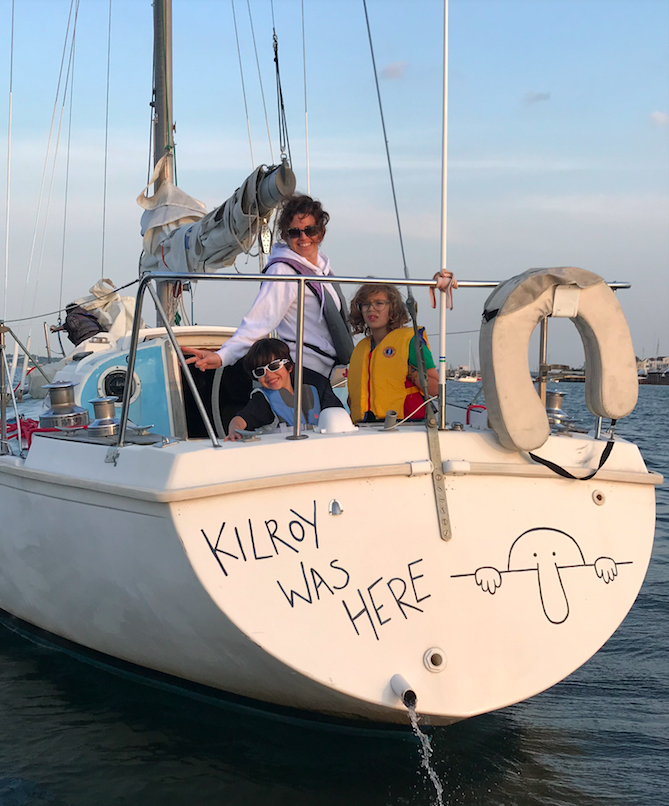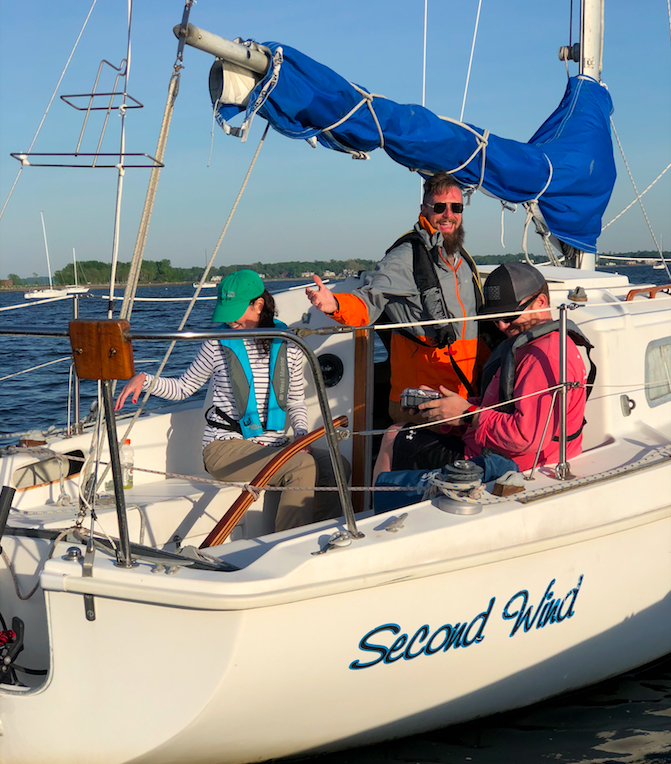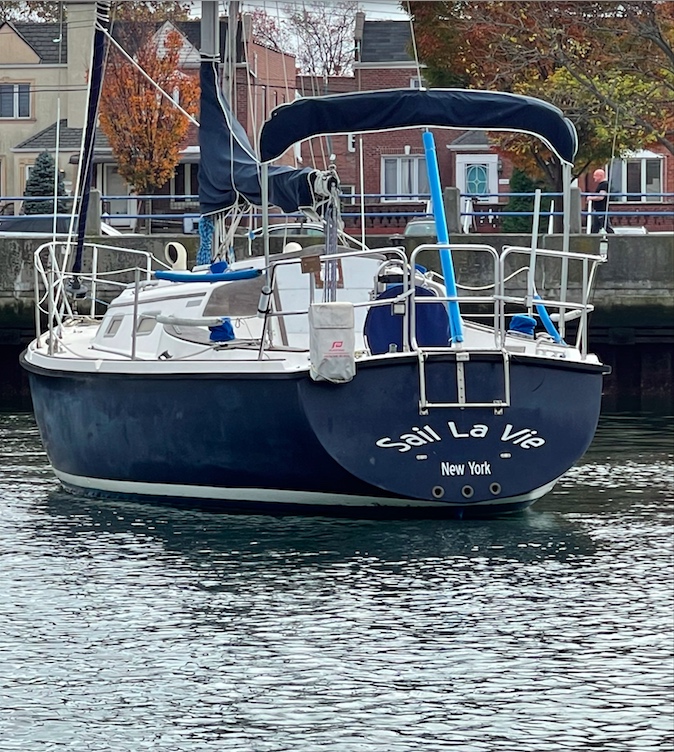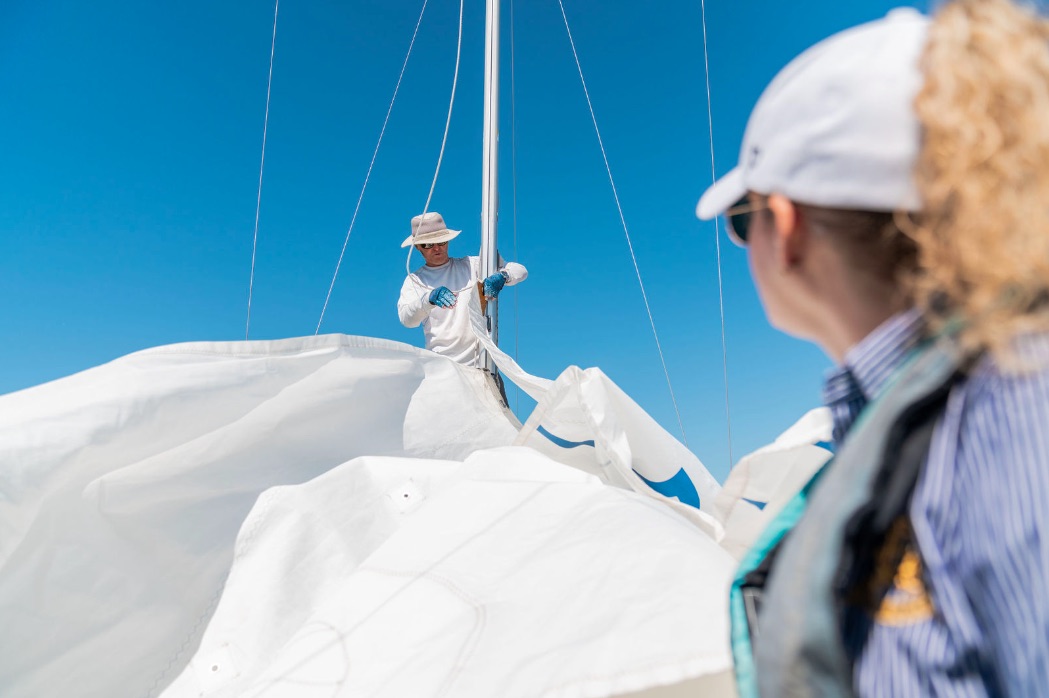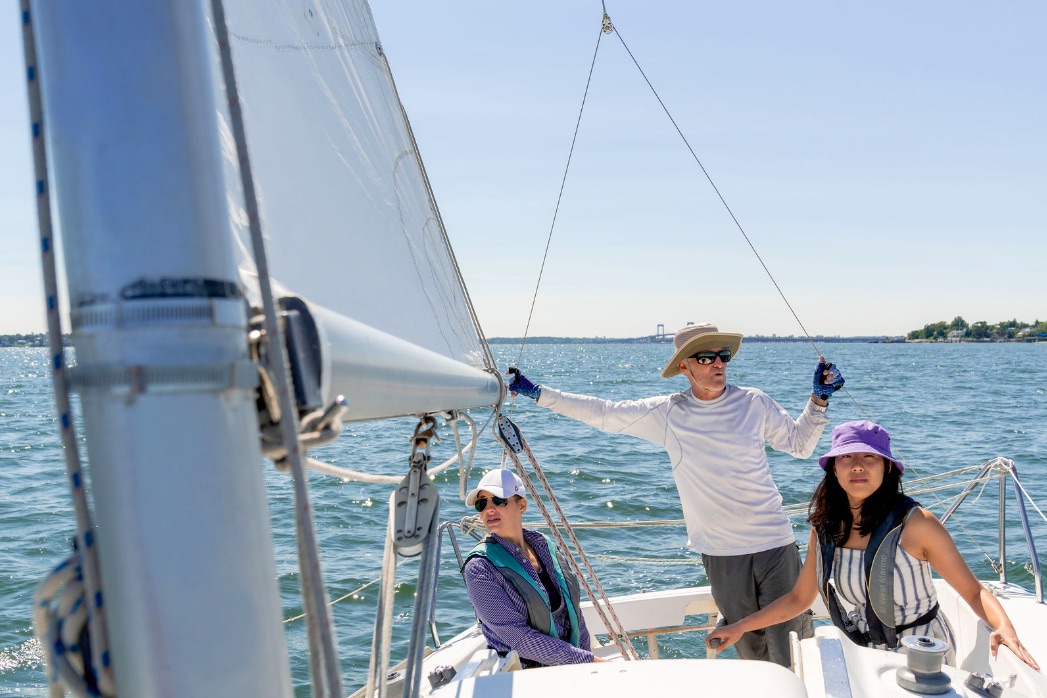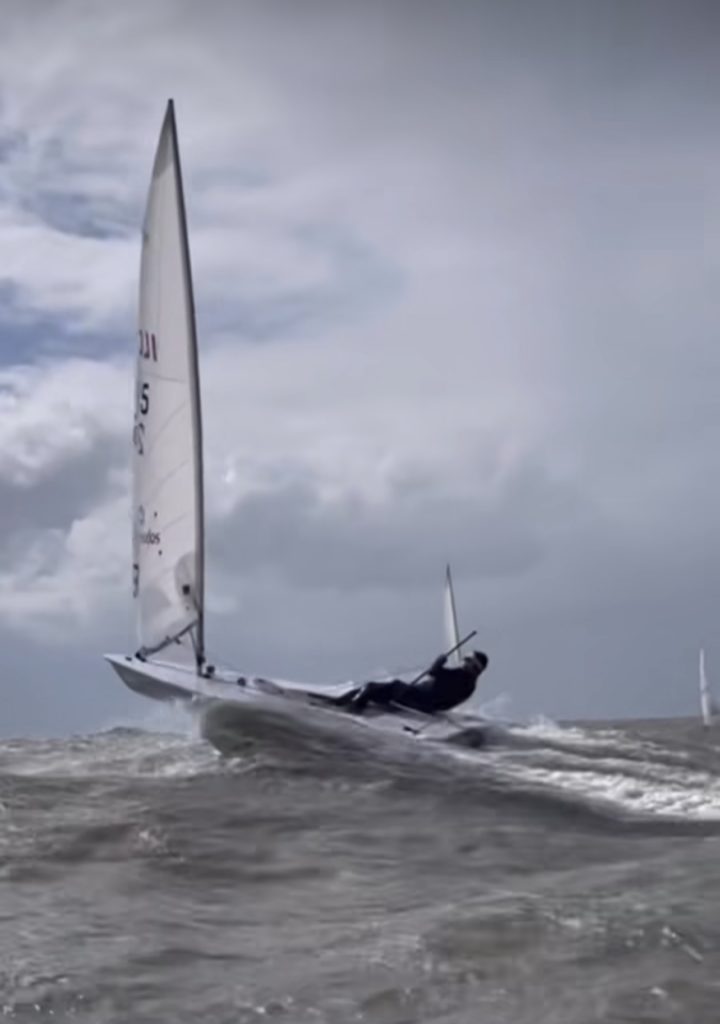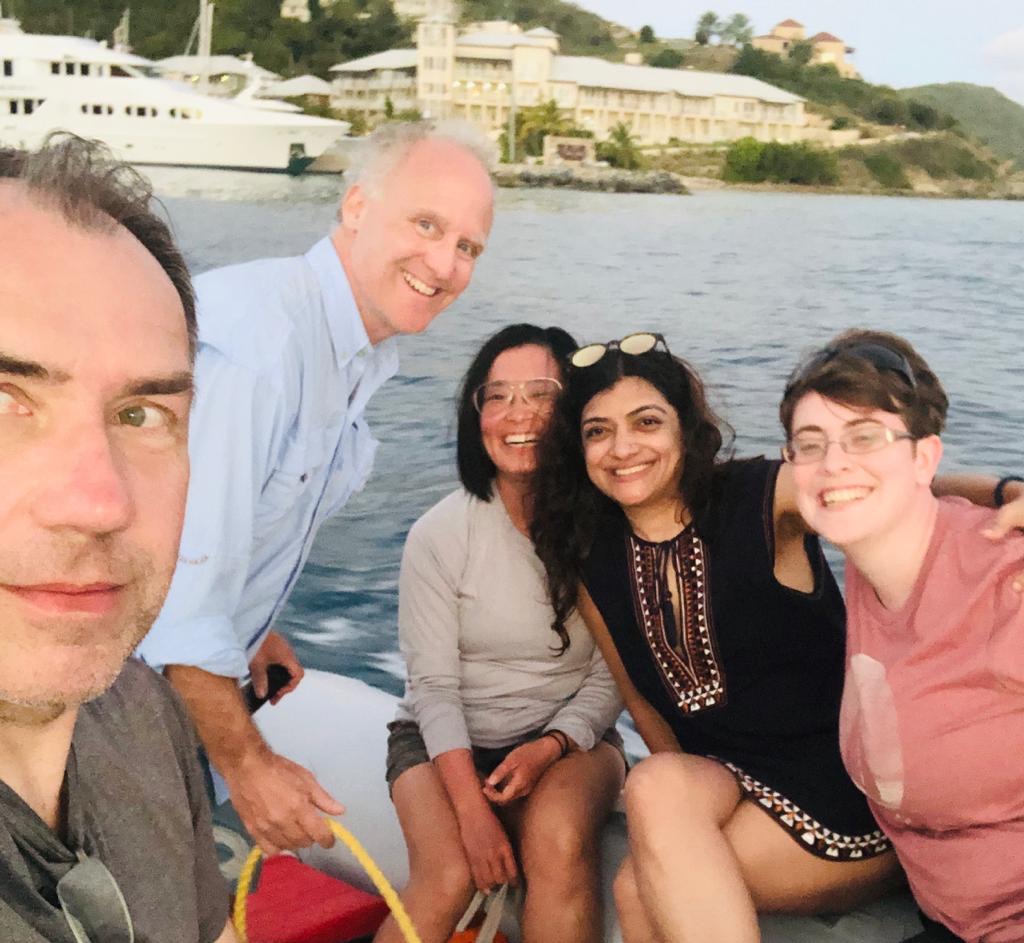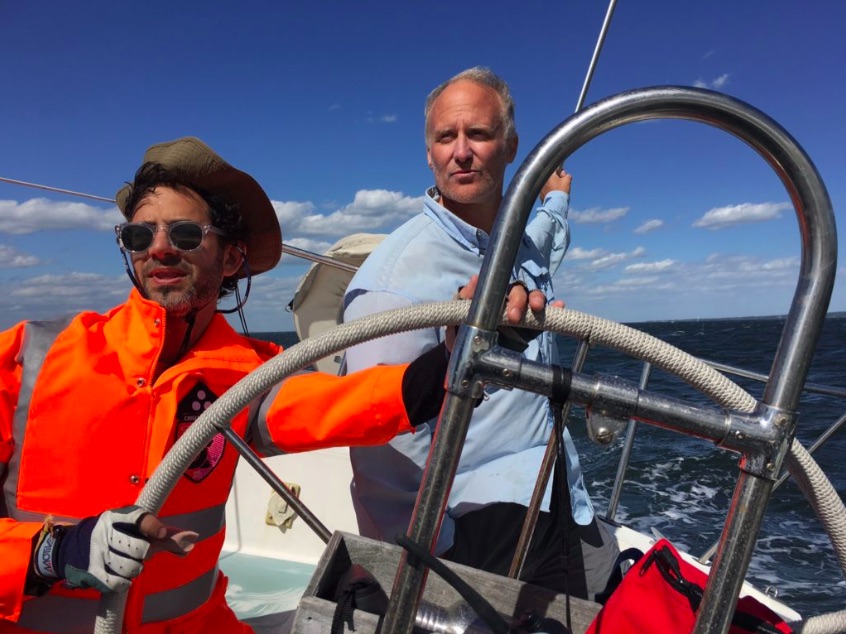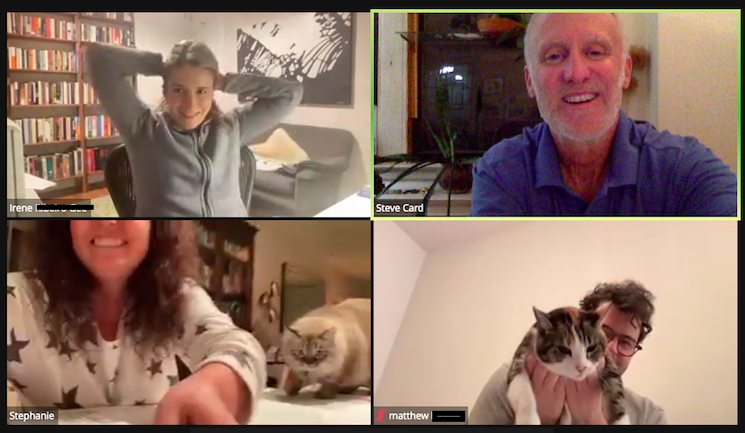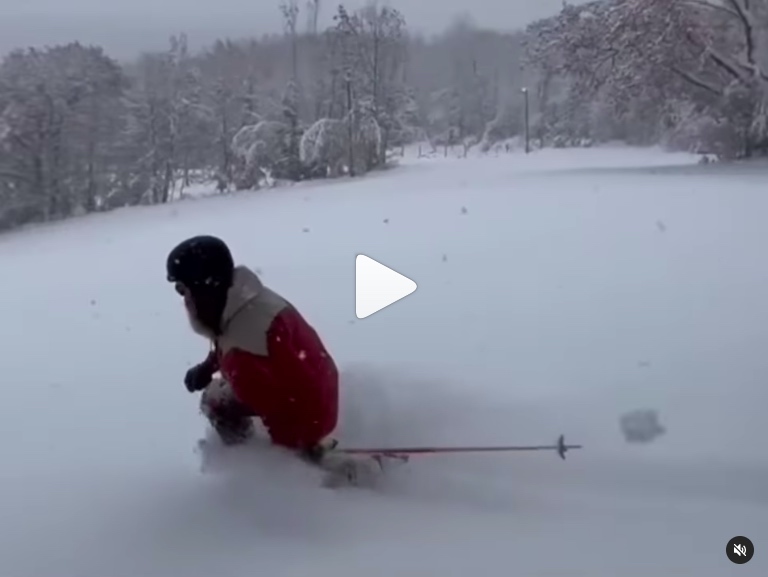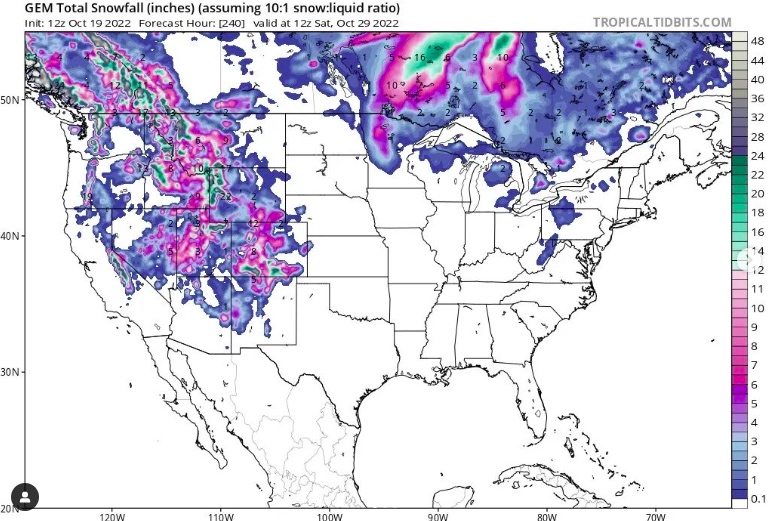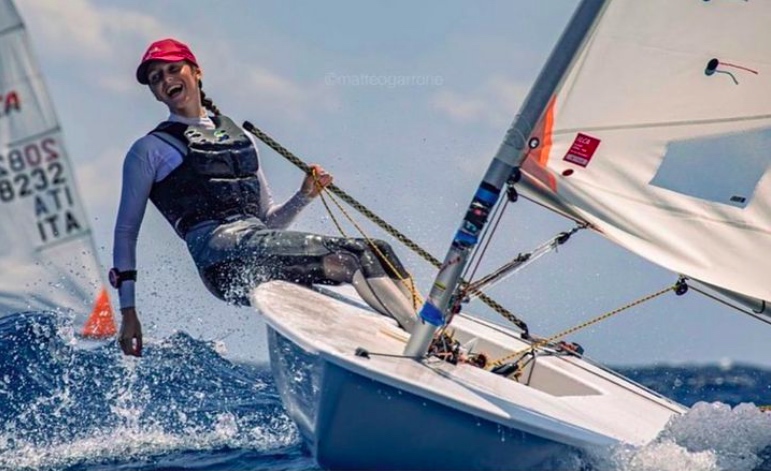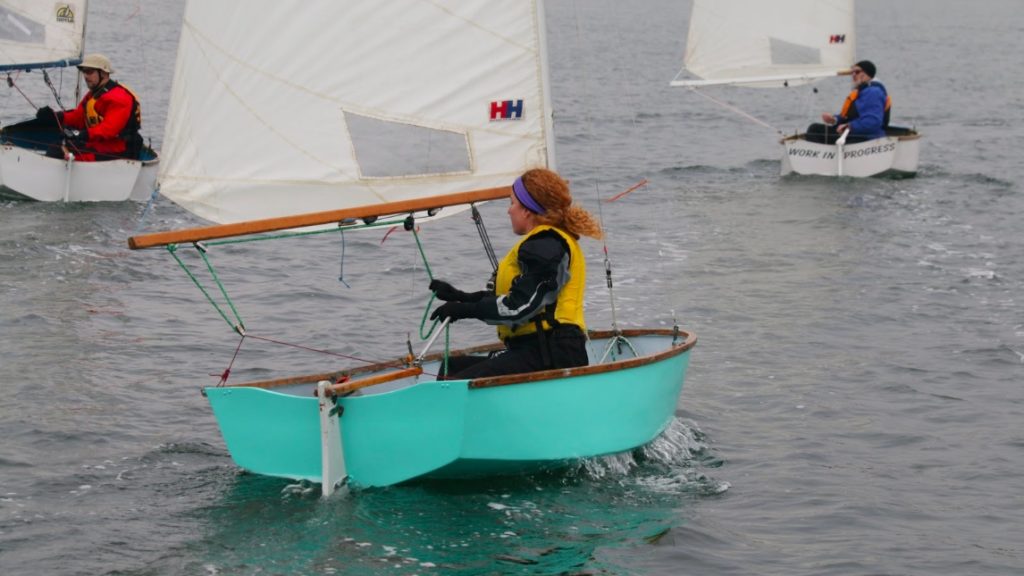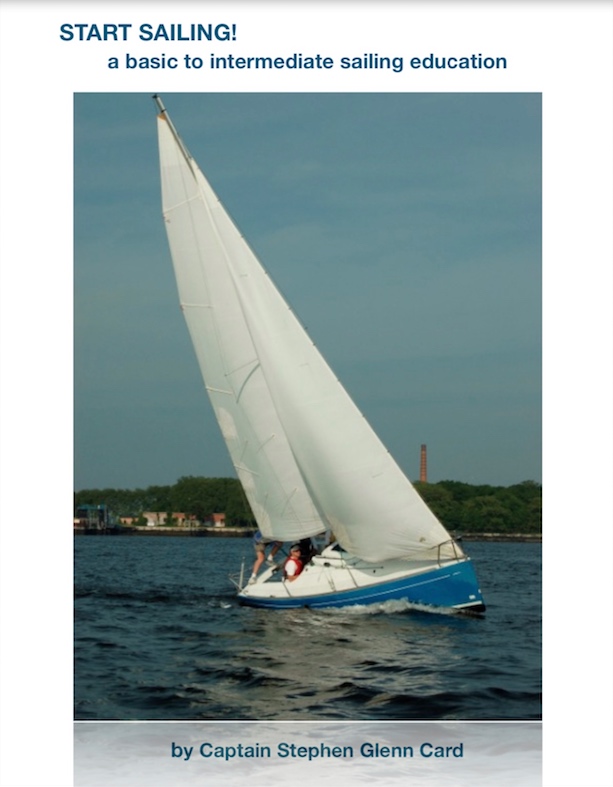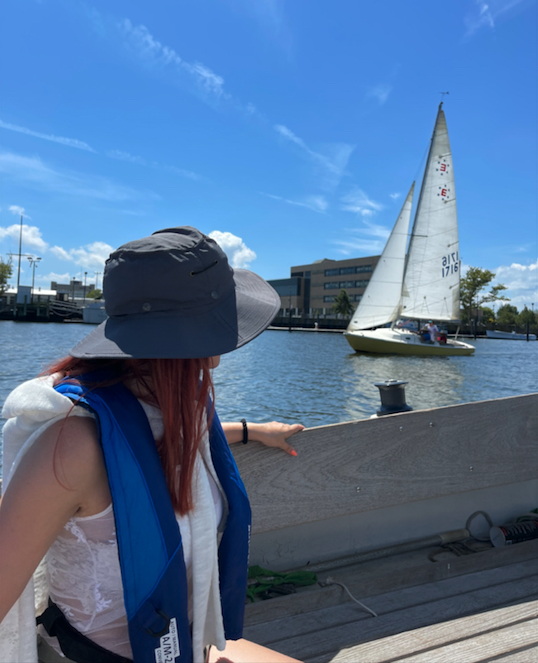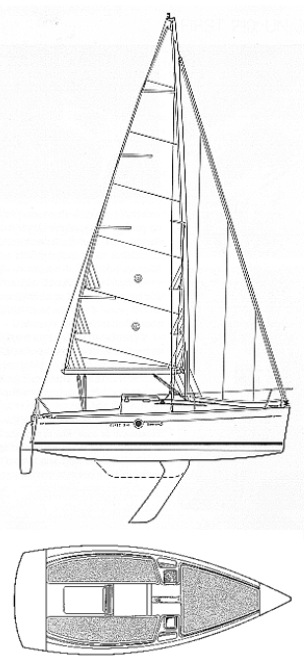Whether learning how to sail a boat, advancing your ski skills, or flying a kite from a board, it’s seldom too late to learn a new trick.
Bucket list: heli skiiing. In my case, snowboarding. It was on the mental list of things I really wanted to do but wasn’t sure about the cost or logistics.
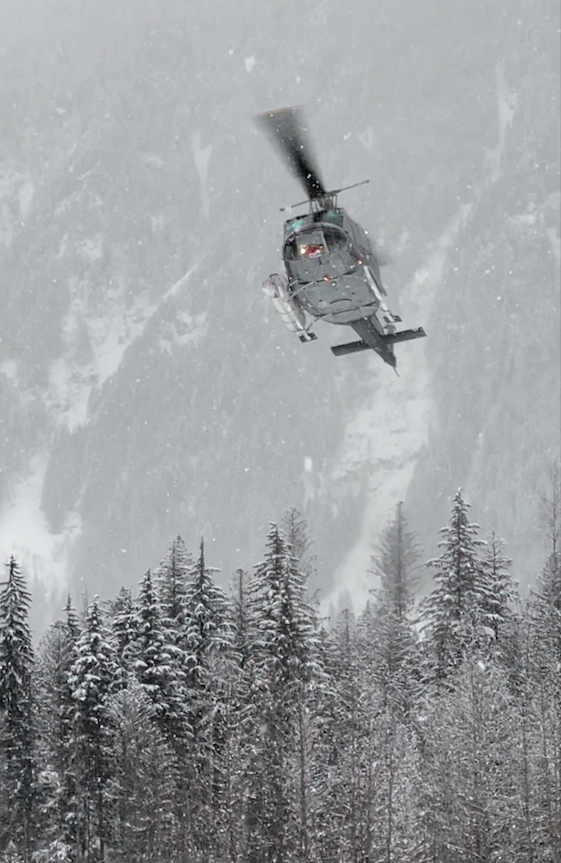
Turns out…
It can be done for just a day, and less expensively than I’d imagined. So, when our trip to Revelstoke, B.C. was fast approaching, and snowfall had been somewhat subpar for awhile, I figured the best way to guarantee pow was to fly to it. And, if there were enough on the resort, maybe I could try my first cliff drop.
So, I booked a private lesson for Sunday, and a heli day two days later so I could rest up in case I needed it. Yup – I needed it. Both: lesson and rest.
I’m pretty experienced, and get out more than most people I know. I was a certified instructor, too. (Lapses if you don’t keep paying dues and doing the occasional continuing education course. Re-ups as soon as some back dues and course are done.) When you’re an instructor, you get paid to TAKE lessons. Not much, but it’s better than paying a LOT to take them. Plus, in a group clinic with other instructors, you are with peers and, in my case, superiors. It pushes one to pick it up and ride with it.
I didn’t take the lesson to work on general skills or techniques. I wanted to have a shot at doing a cliff drop. I had no idea where to go on the mountain to do it, nor where it was reasonable and safe based on conditions. I booked a Level III snowboard instructor who was also Level IV alpine ski. Plus, he knew the mountain intimately. This was my guy! Mike M.
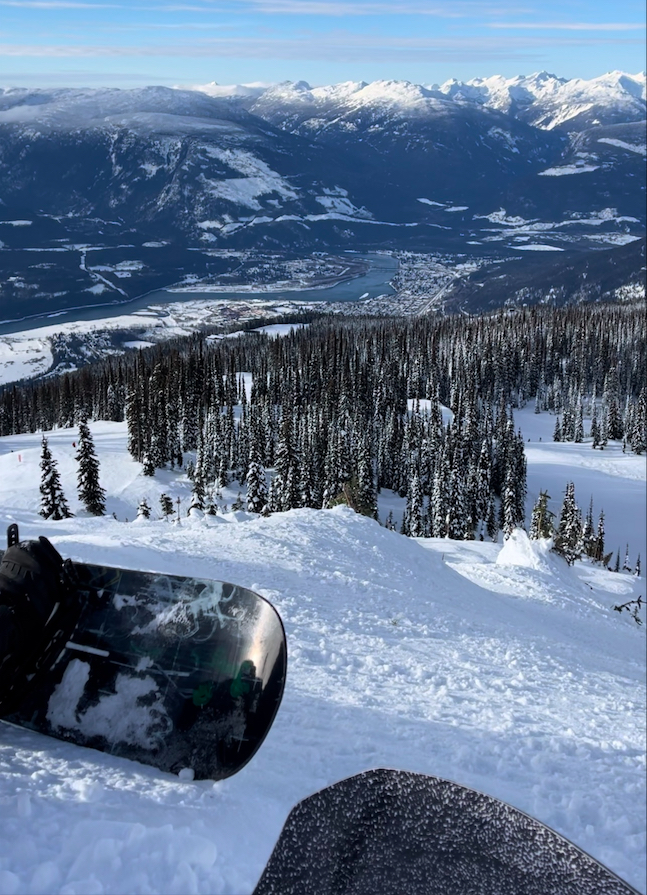
First thing we did was work on the popping off small natural terrain hits and drops in the trees. Fun; hard; scary in some spots. Mike knew where to find exactly the kinds of terrain that would imitate cliff drops, enabling me to work on the physical skills and let him assess my progress. He also took me through the small terrain park a few times to hit certain ramps without doing the features, as they’re very structured for the purpose.
My progress? Didn’t do no cliffs. So, apparently not so good. But, I did get time in and repetition on similar terrain. One piece had a basically vertical drop, but a perfect runout. I got my head around it due to Mike’s explanations, and also the fact that I’m happy in a half pipe. I did that one just fine, which gave me hope.
Almost more importantly, when we were heading back down through the lower mountain and had some icy groomers to contend with, Mike picked up on something that wasn’t quite right with my edge angles and balance that was costing me heel edge hold. One suggestion and the problem was solved. No, I wasn’t carving heelside on ice on demand, but as close as one could expect. The general idea and specific fix both carry over into riding in general, so that’s a lifelong benefit from a 2 hour cliff lesson with no cliffs!
And, later in the week, I stumbled upon some small cliff drops and did them. One time was perfect. Exactly what Mike had worked on with me. Another time? Lame, but I didn’t get hurt. I found this stuff in the middle of the mountain, in the last place I would have guessed. I know where to go back to warm up for a proper ridge drop into a bowl. When I’m ready…
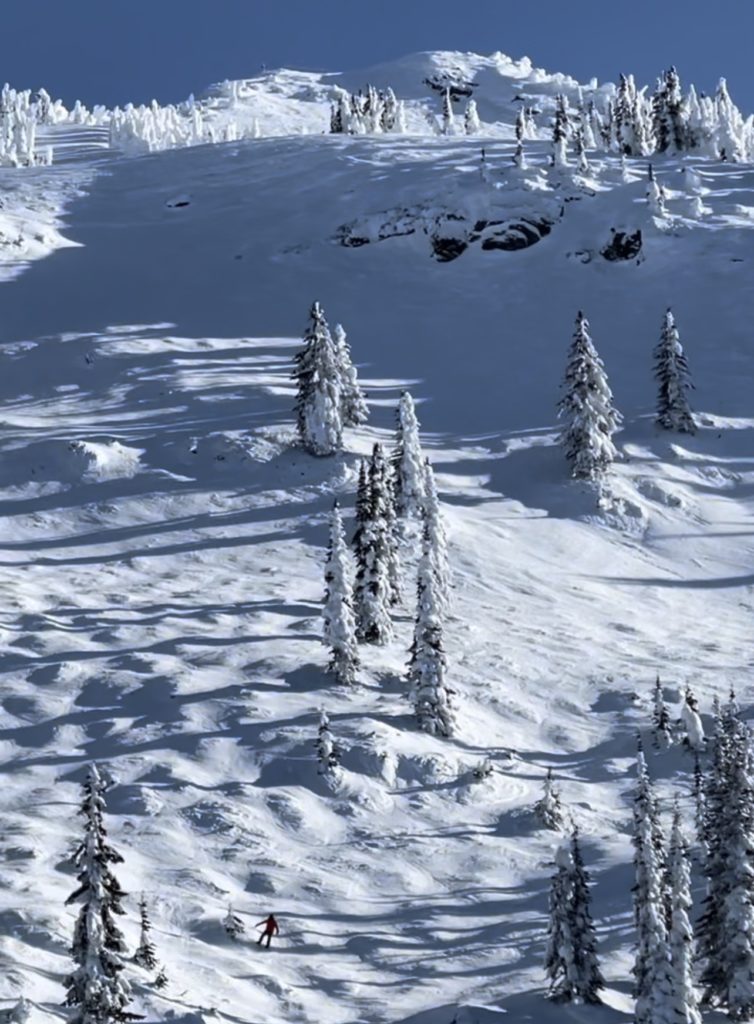
And, so on to heli! I booked with Selkirk Tangiers Heli. In Revelstoke, there are almost more storefront heli ops than there are coffee shops – and they like coffee. Three of the major players are here plus others: CMH, Eagle Pass, and Selkirk Tangiers. I went with Selkirk as they’re owned by Revelstoke Mountain Resort, have been around for 40 years, and have the largest tenure (exclusive territory) in the area. Solid operation; I’ll be back.
No cliffs for us here – just open alpine and trees. But, those trees were a train wreck half way through and most, if not all, of the 9 person group had trouble with that section. It was so bad I gave up riding out of it and started hiking after radioing the lead guide that I was safe and hoofing it. After a few too many times sinking one leg hip deep, I resorted to laying half on/off the board and doing some combination of kick boarding, surfing paddling, and army crawling which led the tail guide to get me back up using her ski poles. That worked, and gave me enough rest to finish riding out on my own at the end. Whew!

More to the point of the post, my tree-buddies for this section. Once we were about to hit the trees, we stopped and the guides explained how we were to ride and ski them: in pairs or threes. We were to call out regularly so if we DIDN’T hear our buddies, we knew to stop and figure out what was going on. I buddied up with two guys who came together who I’d befriended already. They were also snowboarders (as were all but three in our group despite having two ski guides).
And, here’s the fun part. They are both kiteboarders. No, I’m not, but I’m a boardsailor (windsurfer). And, that’s not even the best part.
They each own their own kiteboarding/surfing school in Aruba! They’re competitors – but friends, who go off on snowboarding trips together each winter. How kewl is that!? Plus, they sail. Armando has a lot of time on Hobie cats and we were comparing notes (I have a tiny bit of time on those and a funny story or two.)
Armando and Lysander. Both rocking Jones Mind Expander snowboards they rented from the heli outfit (included in package price). I rode my own Sims Solo, a sick powder board that’s also surprisingly good on groomers and can handle tight trees.
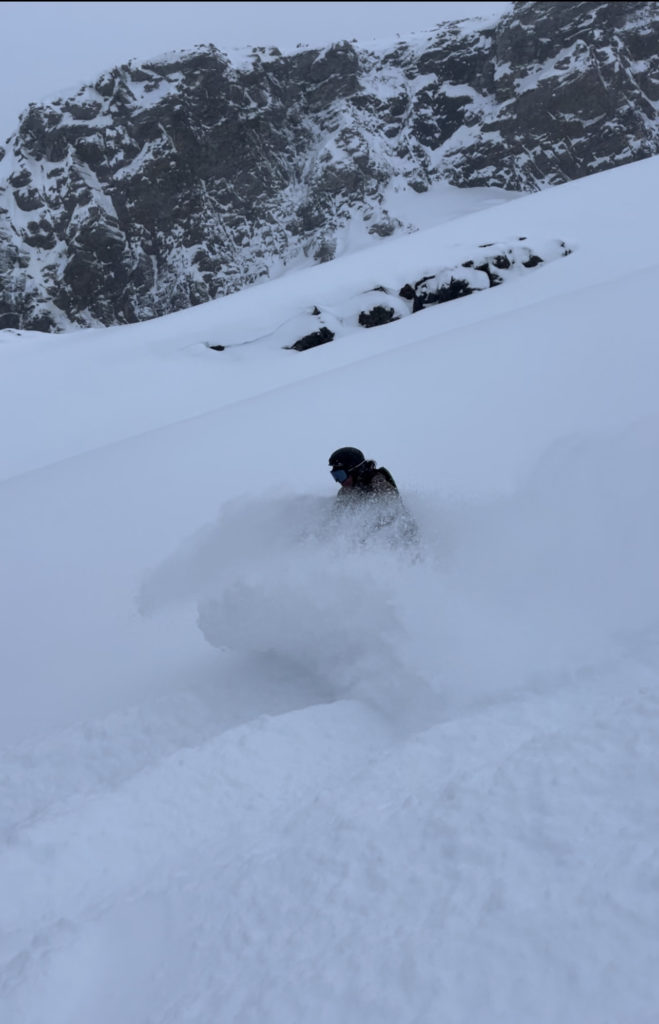
We got those two runs in. I was late to lunch but didn’t matter. As we wrapped up, the pilot radiod Makunda to advise that due to poor visibility, the only run we could do next was the same damn one. He announced this to us, saying we could try to stay more to the right and avoid the worst of the bottom half. I said, “If that’s all we can do, I’m bailing out.”
Armando: “I’m bailing too.”
Lysander: “If he’s out, so am I.”
So, I’d started a mini revolt. The whole group had trouble, and not just the snowboarders. At least one skier wound up on his back, head downhill, and had to be helped up and out of his landing by the tail guide. Evian was basically a goddess that day, cleaning up the mess as we all tumbled our way through the variable pitch, irregularly spaced, can’t see around the corner and don’t want to race-track the lead guide’s path like the Baker Banked Slalom terrain. I fell a little too often and got a little too tired. Conditioning is very important for this. While I didn’t expect tight trees and cross-country sections, we got them. I had planned on being in shape, and I’d been trying. But a knee injury had been talking loudly to me, and I’d backed off the intensive stuff and started PT for awhile leading up to the trip. It helped the knee, but cost me the conditioning.
We sat it out. They flew us to another staging area and we eventually spoke with the head guide for the day so he knew where we were at, got feedback, assessed damage control, and made a plan.
The rest of the group opted to do that run again. A good snowboarder in that group reported back: “it was cross country skiing all over again.” Translation: sucked.
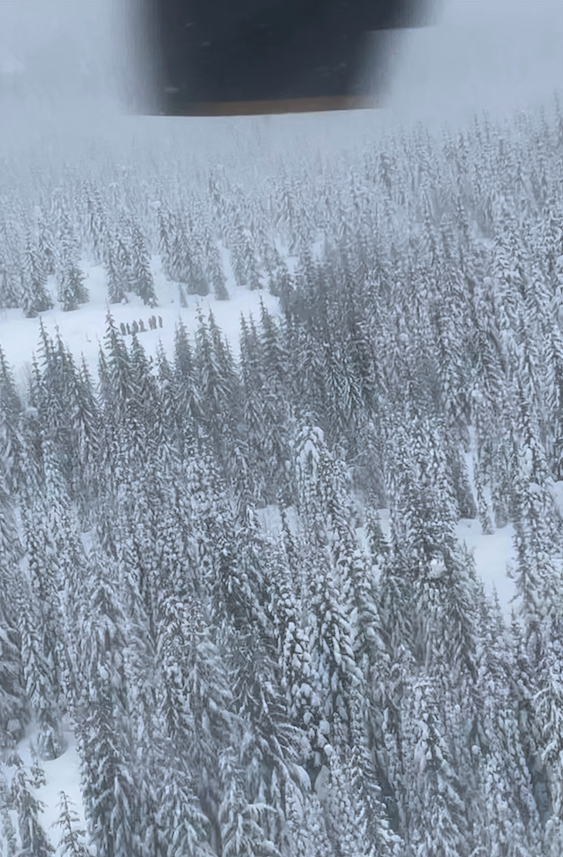
Again, if I were a better rider, and in better shape, I would have managed it. Even at my current level, if I were in much better shape I could have done it better the second time as I knew what to expect. I wouldn’t have relished it. But, the first section of that tree run was actually spectacular, and what one signs on for with heli: great powder, good tree spacing, steep enough to move, and beautiful.
After that 3rd run, visibility hadn’t improved despite a brief tease of extra sun. (It was a powder day, so mixed blessing of extra snow and reduced vis.) They called it and brought us all back early.
And, to their credit, and probably due to my bailing and complaining rightly or wrongly that they shouldn’t have taken us on that run in the first place (and certainly not again), they refunded everyone’s money for not just the missed 4th run, but also the 3rd that most of us took. That was excellent management of the situation. I bought some merch. The Arubans? Tried to apply the refund to a 2-day heli trip later in the week! And, they got the trip. Great time; 4 runs each day and tiring.
So, back to sailing… or kiteboarding! I’ve been interested in this for awhile. We keep seeing it on our Virgin Islands trips. On one trip, a younger client and I came damn close to booking our first lessons at Bitter End Yacht Club on Virgin Gorda. We had the time. It was just too damned expensive; not a fair deal in our opinions. Then, the back to back hurricanes that fall which ended it. They destroyed much of the Virgin Island, and obliterated the areas around Bitter End. A lot of it’s been built back, but a fair amount didn’t survive or rebuild. Hundreds of charter yachts were destroyed, and the repercussions of that were many, including consistently and vastly higher trip charter fees going forward.
Anywho, there’s plenty of kiteboarding around the Caribbean basin, and in the Virgin Islands (including our favorite Island, Anegada).
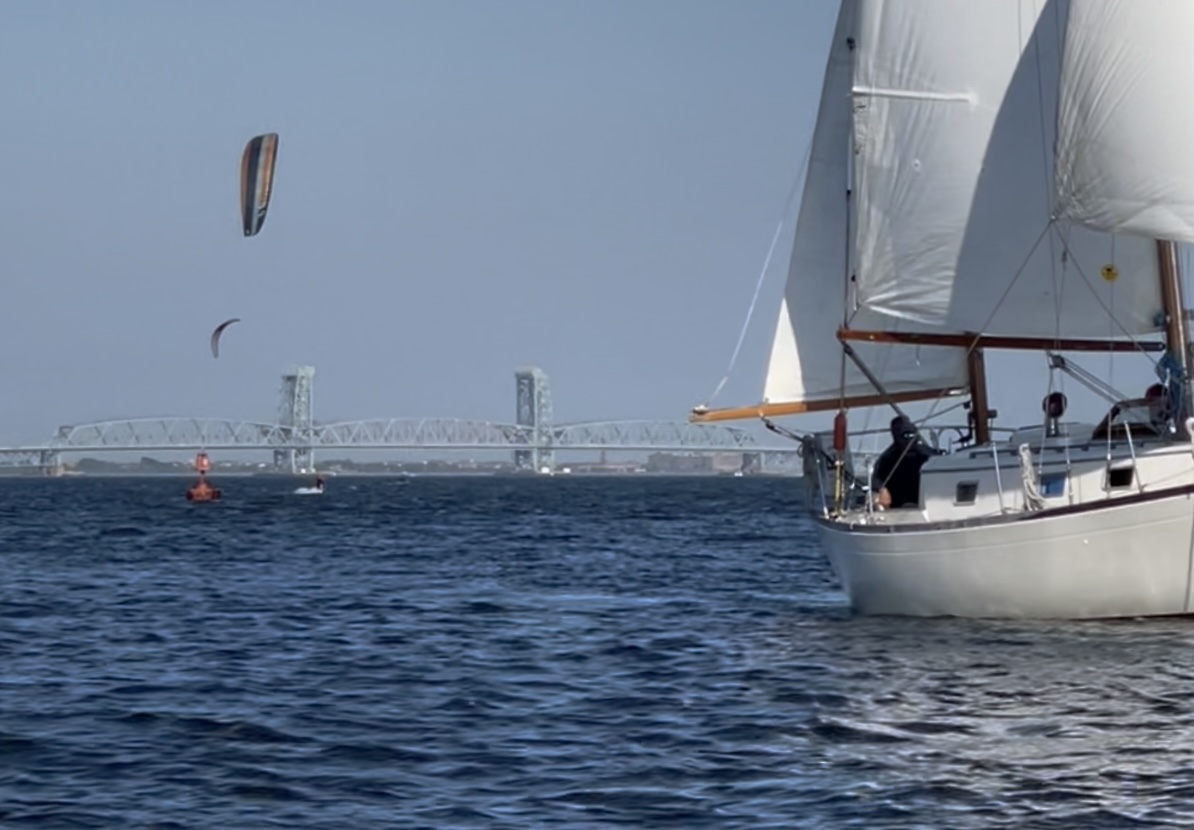
And, there’s regular kiteboarding right next to the Sailing Center in Brooklyn! Plumb Beach, part of the Gateway National Recreation Area, is almost adjacent to Sheepshead Bay and a few minutes sail away. There’s wind here, so there’s boardsailing and kiteboarding. We see it all the time. I won’t try it here for the fist time, however. I’ve got a standing invitation to Aruba, and I’ll learn from my tree buddies. As soon as I can squeeze it in without interrupting powder chasing!
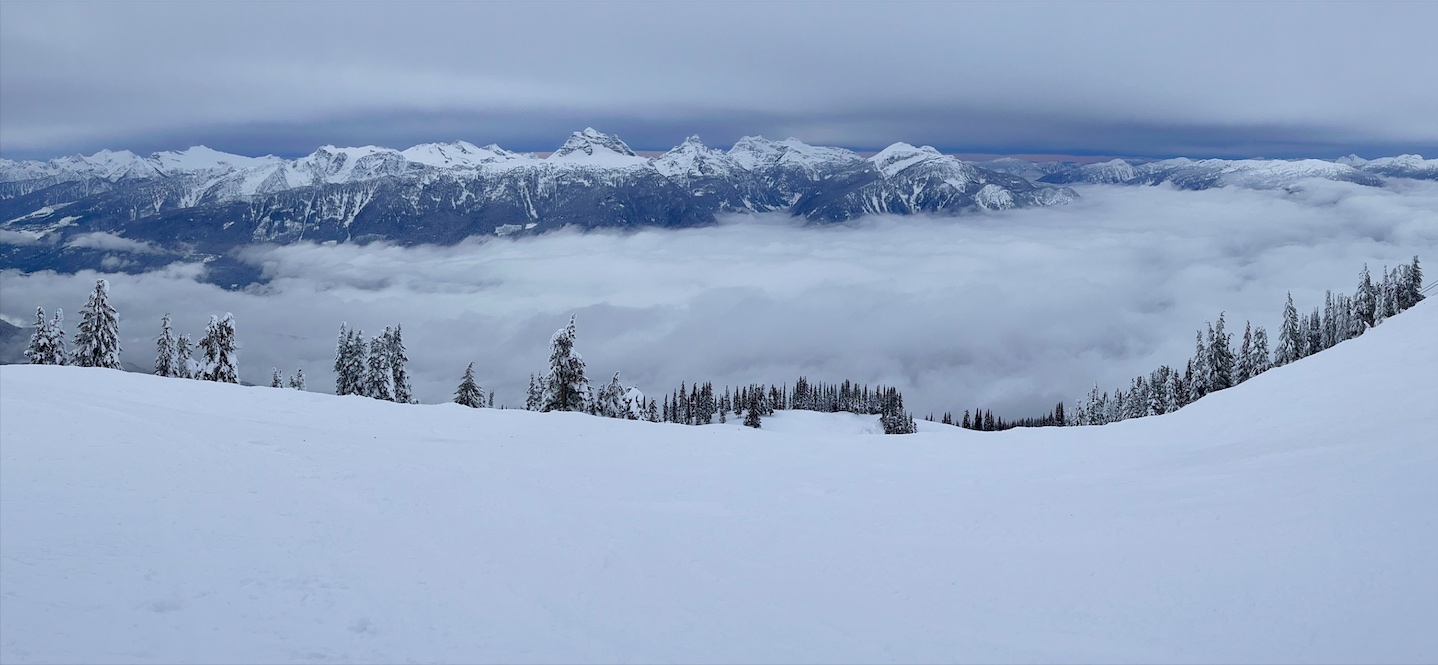
Want more info about learning to sail, cruise or navigate with us? Start here…
Want more about kiteboarding and surfing in Aruba? Check these guys out… Armando’s school and Lysander’s school in that order:
https://www.arubakitesurf.com/our-team/
Want to check out Revelstoke? Here’s the mountain resort’s link, which is a great start…
https://www.revelstokemountainresort.com/
And, here’s a link to Selkirk Tangiers Heli…
